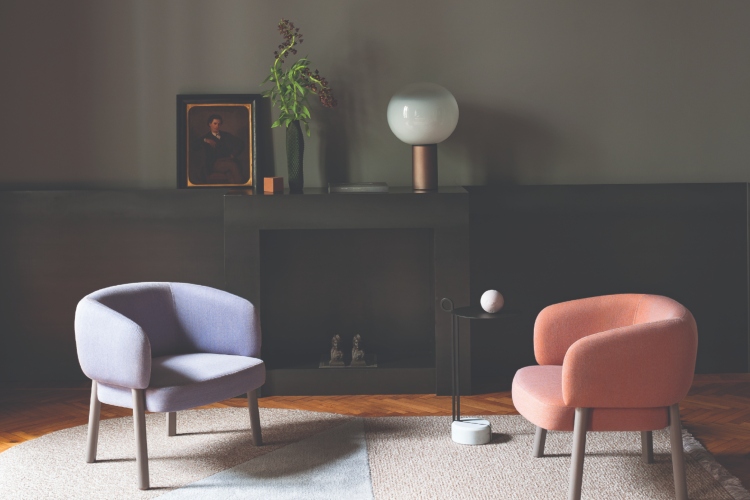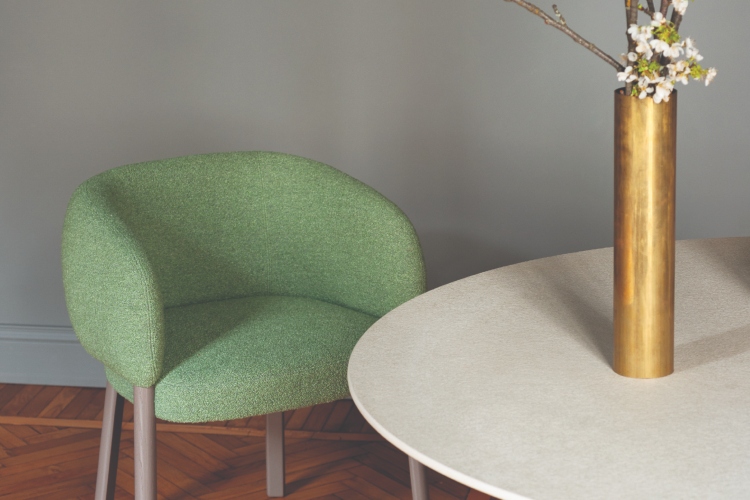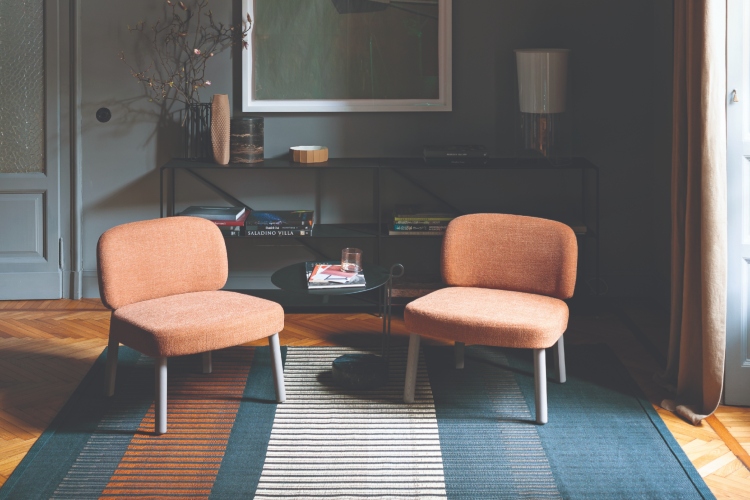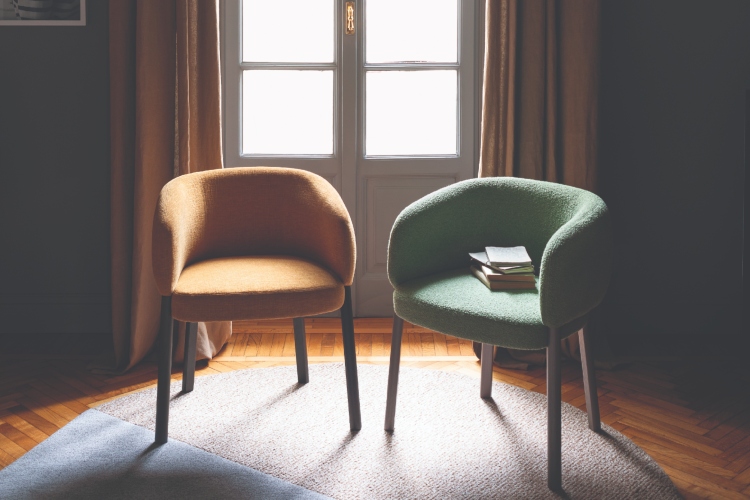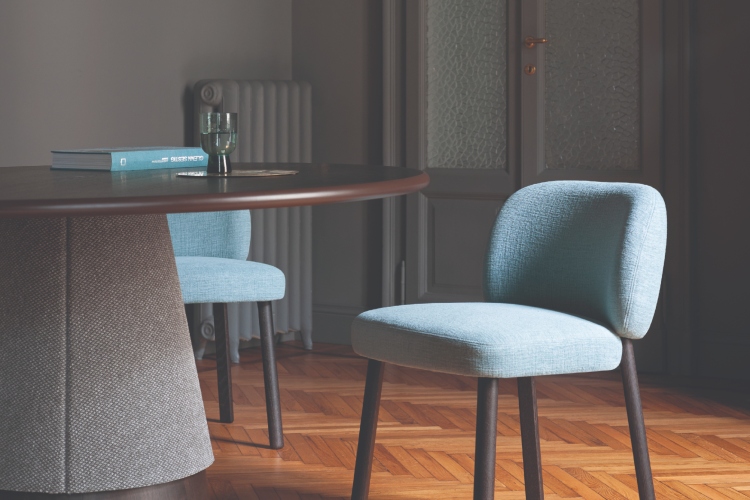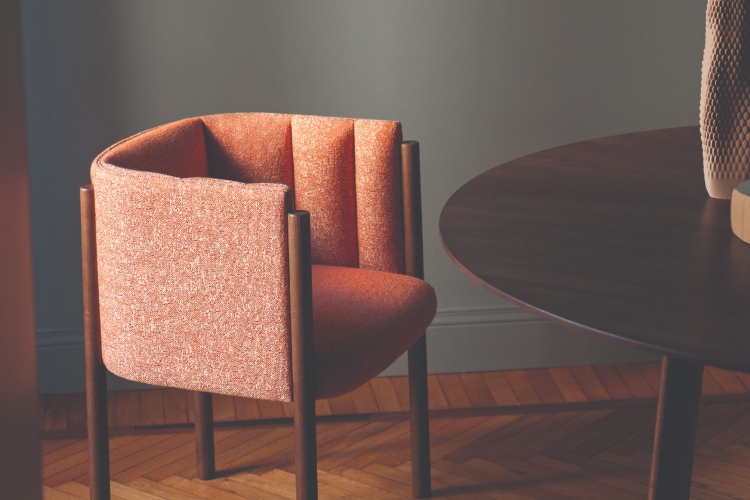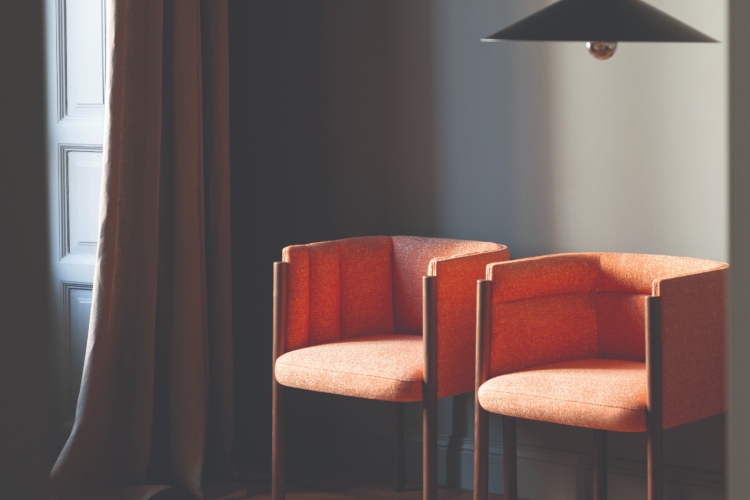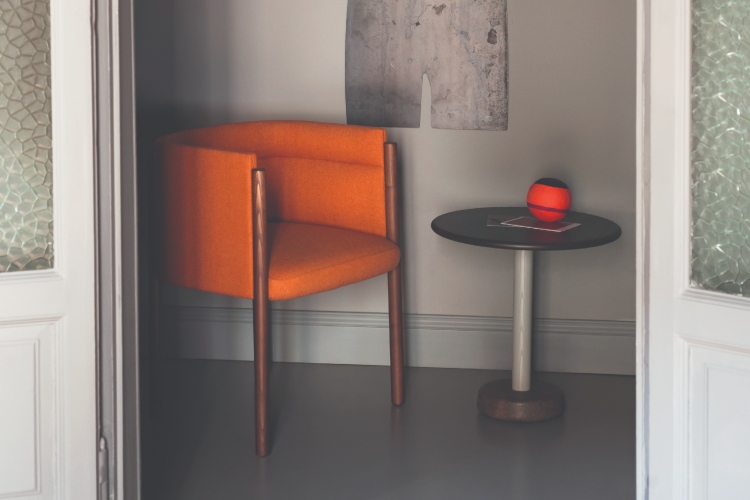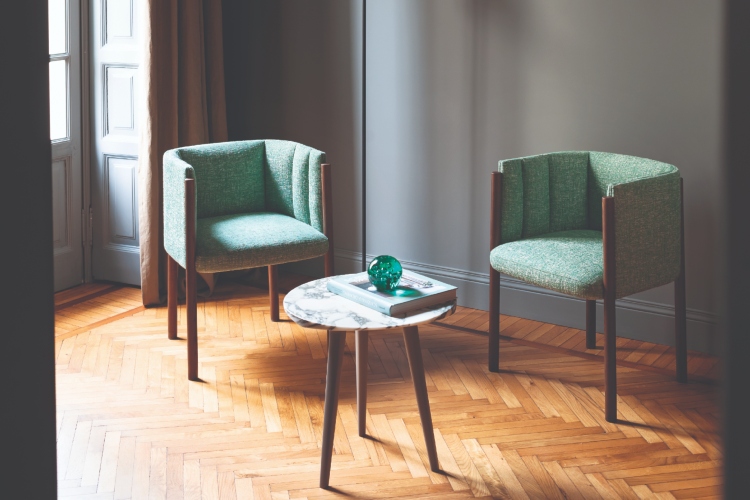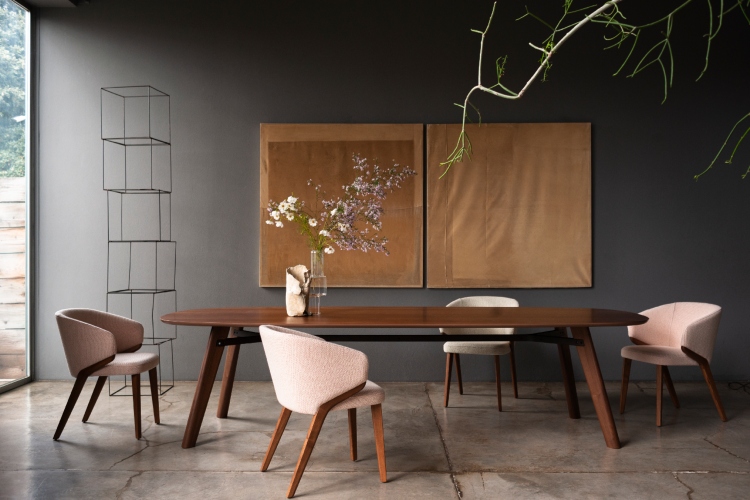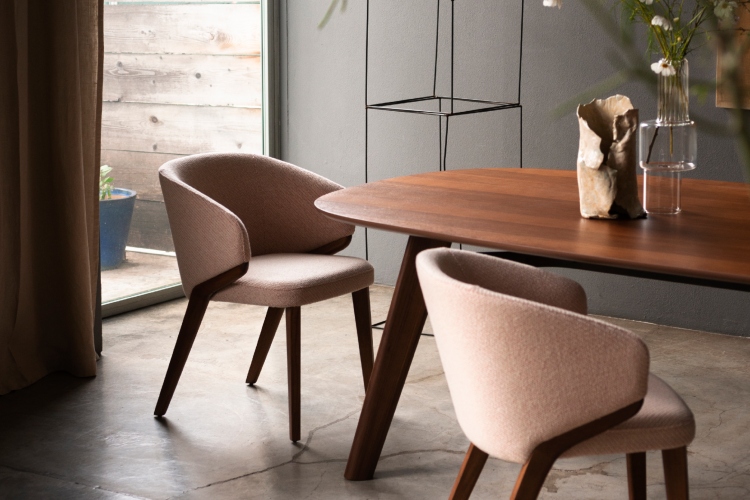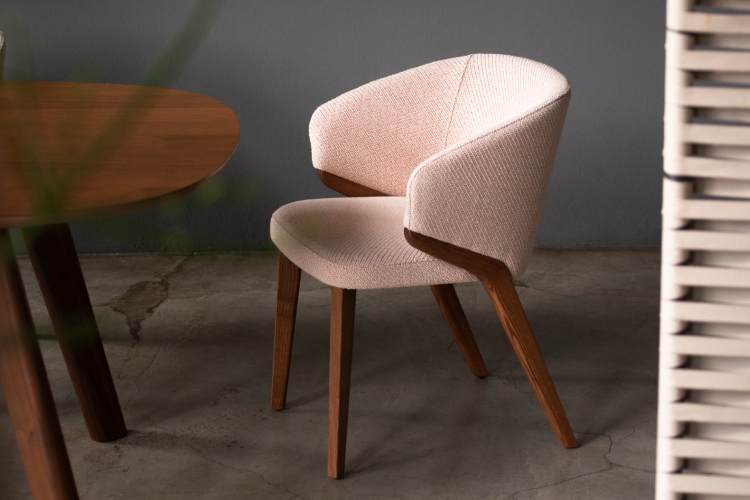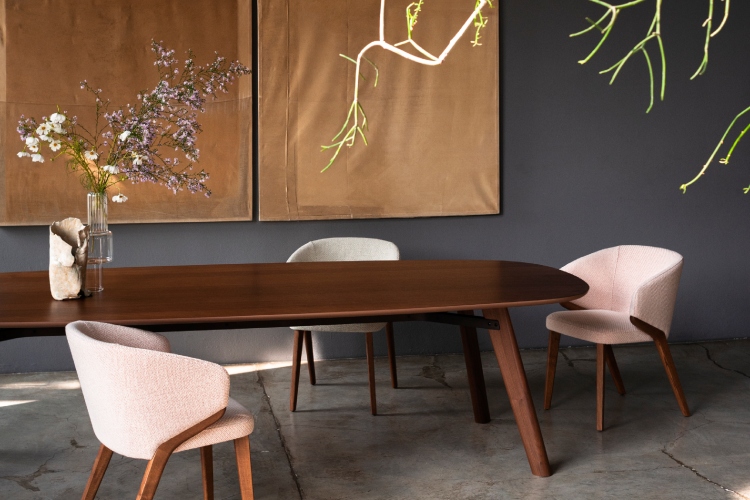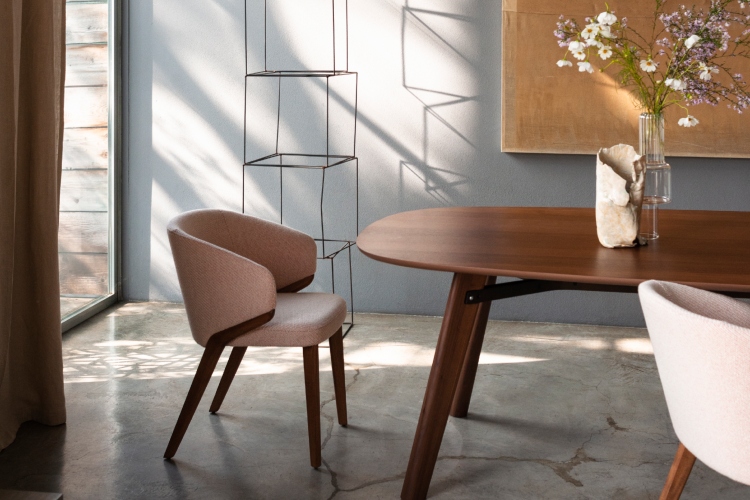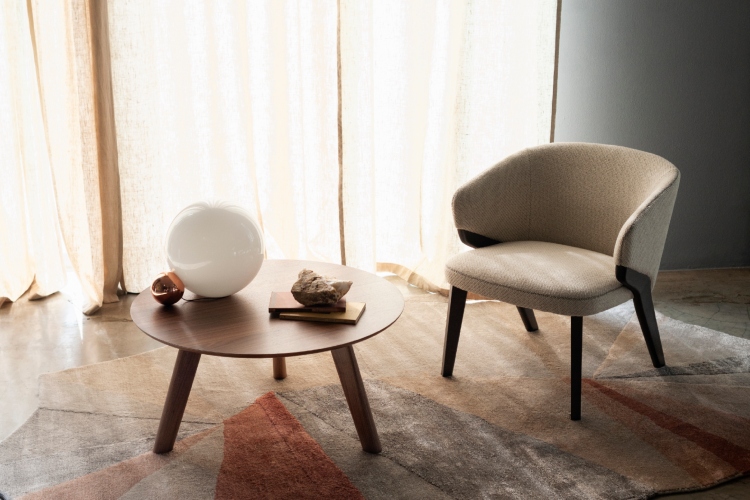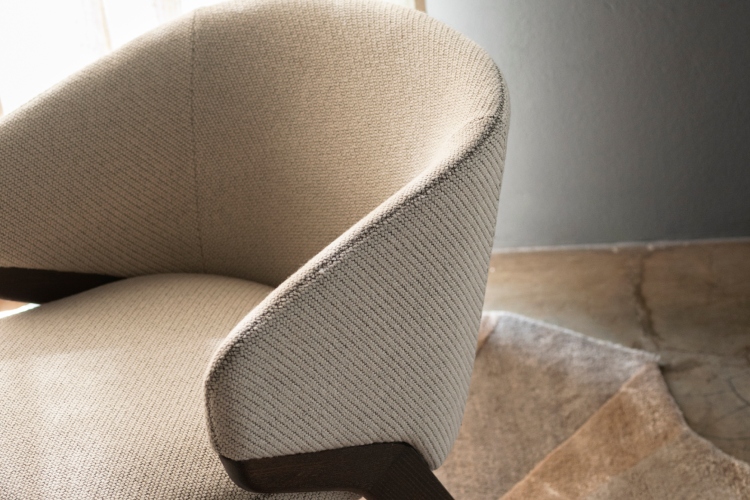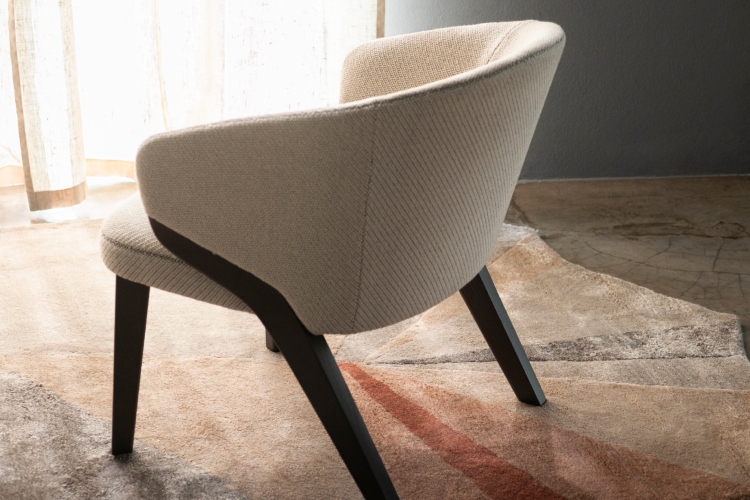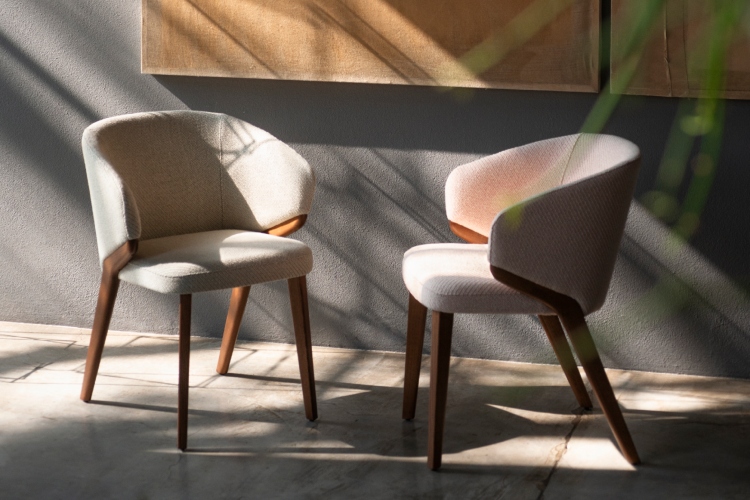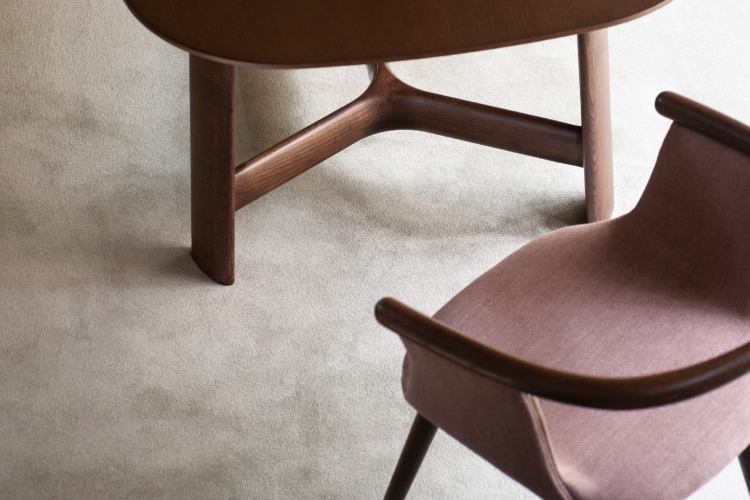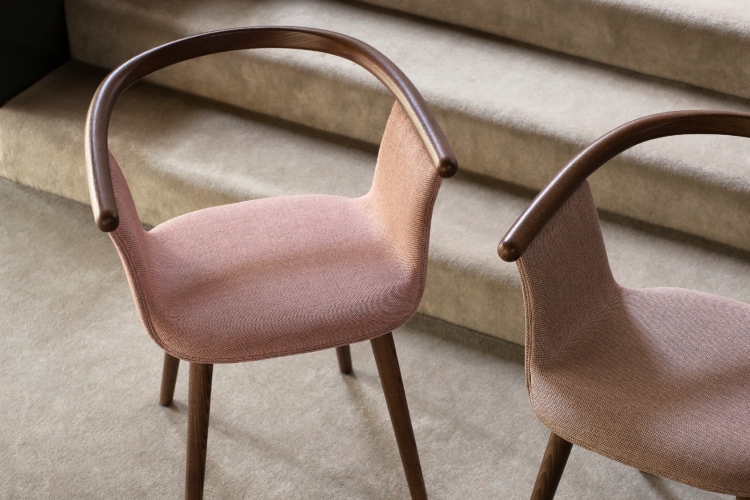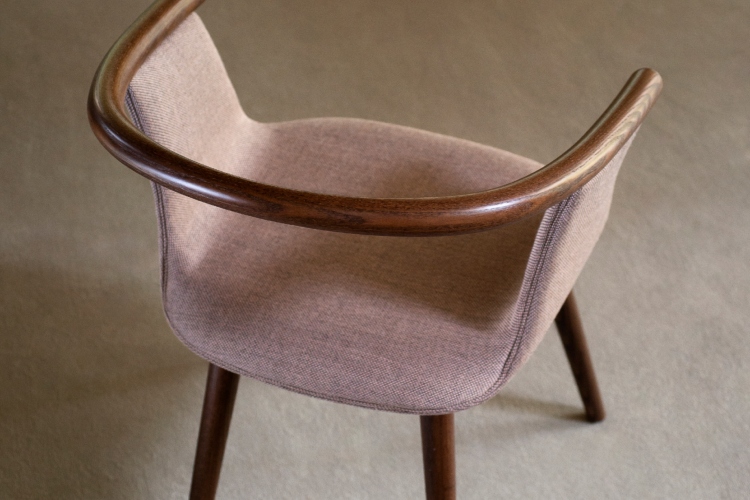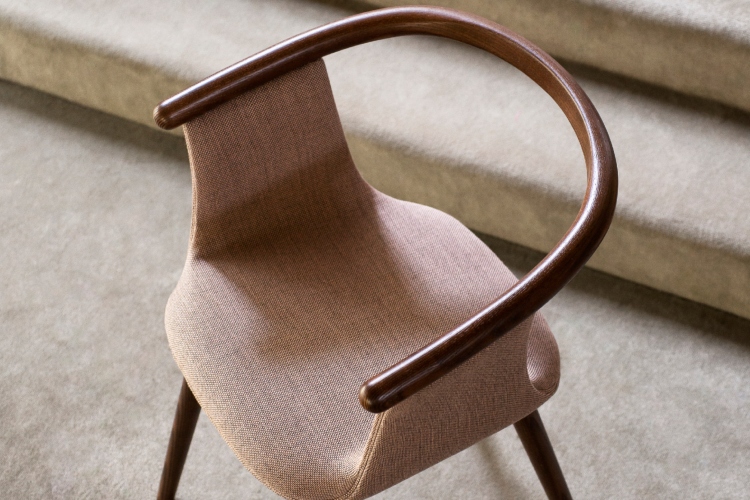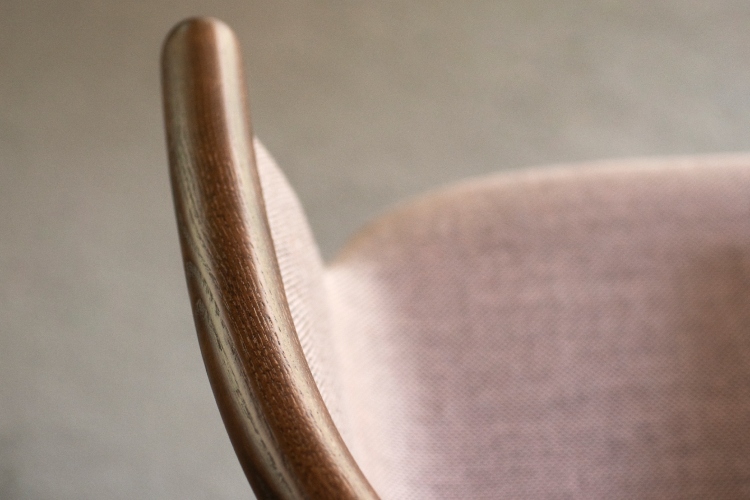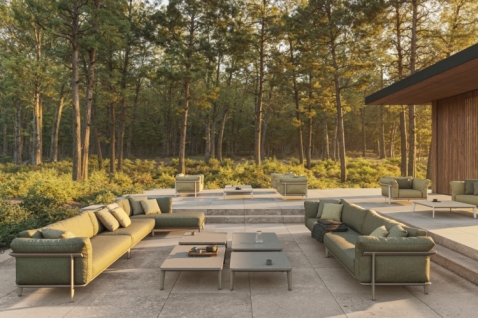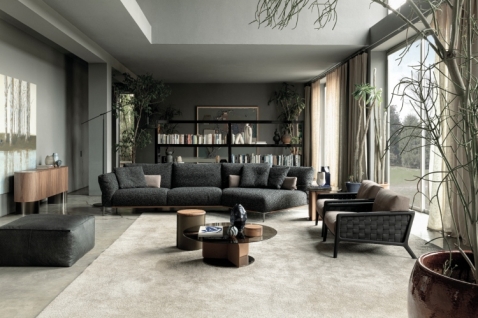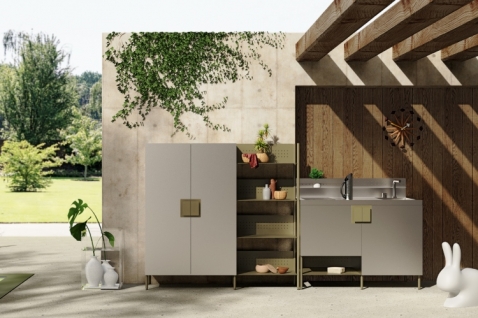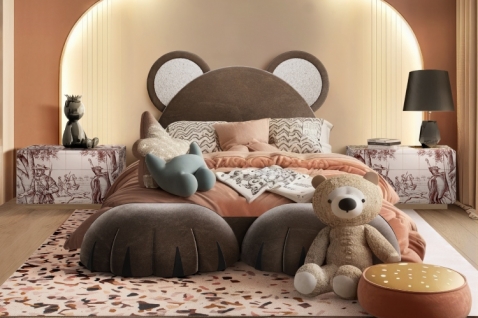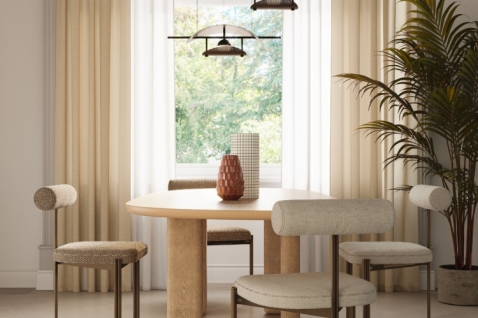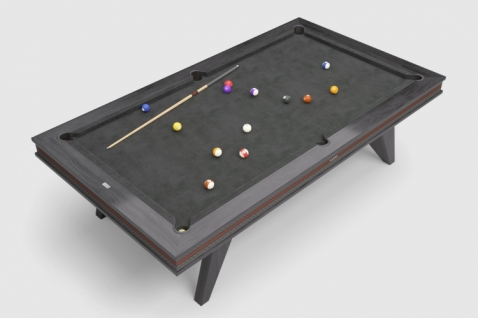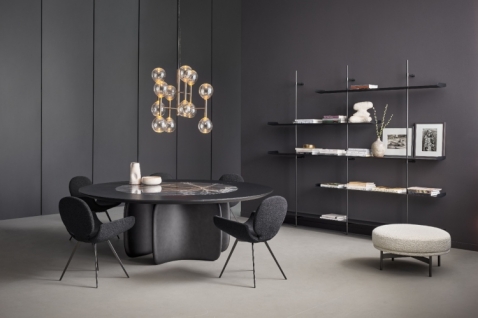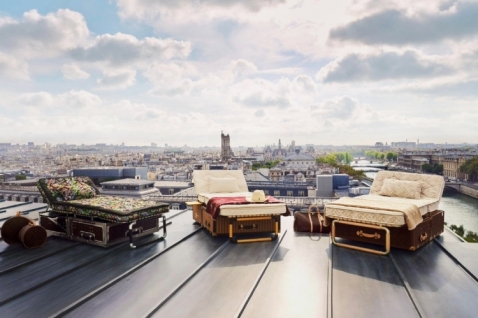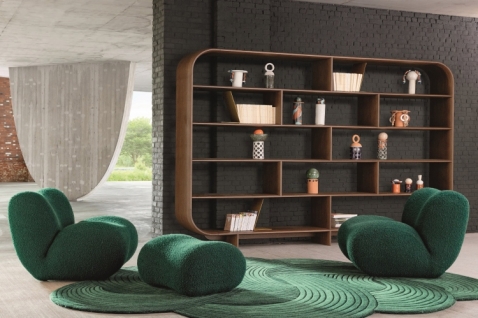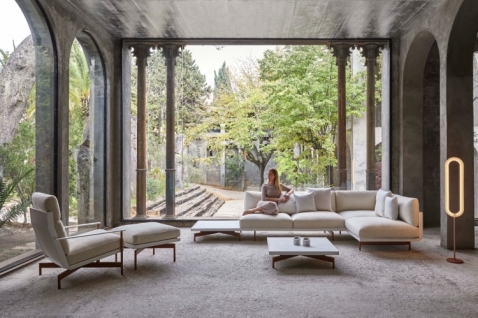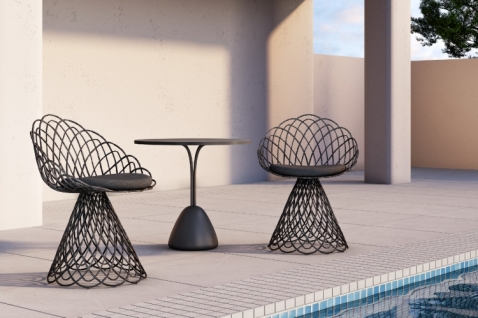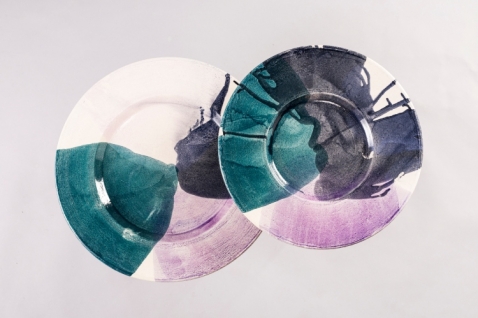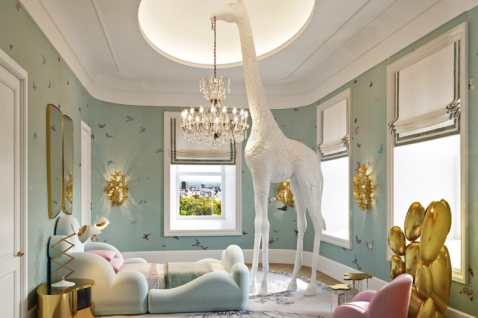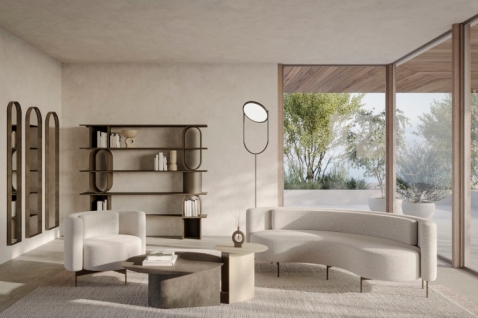More photos
Comfortable and with timeless charm, chairs with a wooden structure by Bross are perfect for bringing warmth to any space...
Wood, as a living and timeless material, is one of the most popular choices for designing chairs, defining their warm and comfortable appearance as well as their aesthetic versatility, making them ideal for various contexts and projects, both in terms of language and purpose. Specialized in processing this material with artisanal attention to every detail, Bross uses it in the Aretha, Baia, Nora, and Yuumi collections, designed respectively by Monica Armani, Marco Zito, and Michael Schmidt.
The Aretha chairs, designed by Monica Armani, are characterized by soft and welcoming shapes. The legs, rounded and slightly inclined, are made of solid wood, natural, stained, or matte lacquered; the seat and backrest are upholstered in fabric or leather. In the version with armrests, the backrest seems to bend backward to conceal the upper part of the structure inserted into it, revealing great attention to detail.
The solid wood structure is the heart of the Nora chairs, designed by Michael Schmidt. The entire concept of this collection revolves around this element, crafted with meticulous attention to detail. The rear legs, in natural or stained ash, extend to define the lower profile of the shell, assuming decorative and functional value. The shell, which can be covered in fabric or leather, is embellished with stitching that defines all parts.
Designed by Marco Zito, the Baia chair collection is characterized by curved and enveloping lines. The solid wood legs, with a natural or lacquered finish, and a circular section, extend vertically on the back and front, delineating the armrests. The shell consists of a soft seat and a backrest that continues on both sides at the same height, quilted horizontally or vertically in the two versions provided by the collection, with a pattern of different thicknesses.
In Yuumi, the collection created by Michael Schmidt, everything is designed to enhance the craftsmanship of the ashwood structure: a curved wooden element with the dual function of backrest and armrests, which ergonomically accommodates the back. The structure, combined with the frame, creates an opening on the back of the seat, giving it lightness. The result is a dynamic interplay of solids and voids that makes the chair different depending on the observer's perspective.

